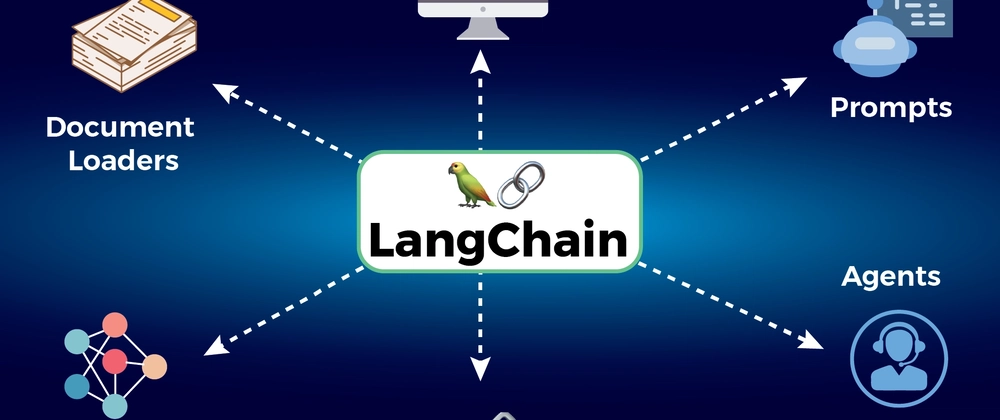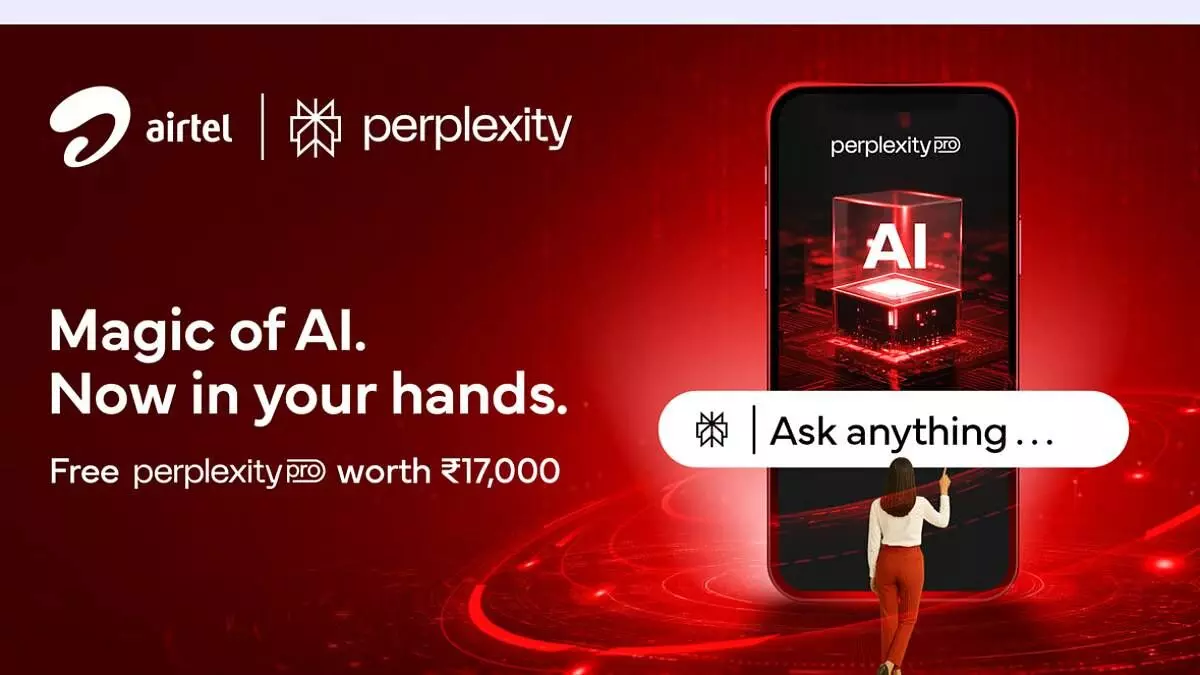The buzz around AI chatbots is quickly evolving into excitement for AI Agents. Unlike simple chatbots that respond to direct queries, AI agents are designed to be autonomous. They can perceive their environment, understand complex goals, break them down into smaller tasks, make decisions, execute actions (often using various tools), and even learn and adapt over time, all with minimal human intervention.
From automating customer support to conducting complex research, managing projects, or even generating code, AI agents are poised to revolutionize how we work and interact with technology. But how do you go about building one?
In 2025, a growing ecosystem of tools and frameworks is making AI agent creation more accessible than ever, catering to both seasoned developers and those with little to no coding experience. Let’s explore the top 5 tools that are empowering creators to unleash their own autonomous AI.
The Foundation of AI Agents: Key Components
Before diving into the tools, it’s helpful to understand what an AI agent typically needs:
- Large Language Model (LLM): The “brain” that provides reasoning, understanding, and generation capabilities.
- Memory: To retain context and learn from past interactions (short-term and long-term).
- Tools/Functions: Abilities to interact with external systems (APIs, databases, web search, etc.) to perform actions.
- Planning/Orchestration: The logic that helps the agent break down goals, decide on steps, and manage its workflow.
- Evaluation/Self-Correction: The ability to assess its own performance and refine its approach.
Now, let’s look at the top tools for bringing these components together:




Top 5 Tools to Create Your Own AI Agents
1. LangChain: The Developer’s Go-To Framework
Best Features:
- Modular & Extensible: LangChain provides a robust, modular framework in Python (and JavaScript/TypeScript) that allows developers to chain together various components (LLMs, prompt templates, memory, tools, agents) to build complex, stateful applications.
- Rich Ecosystem of Integrations: It offers a vast array of integrations with different LLMs (OpenAI, Google, Anthropic, etc.), vector databases, APIs, and data sources, making it incredibly flexible.
- Agent Abstractions: LangChain provides powerful abstractions for creating “agents” that can use tools and reason to achieve goals, including ReAct-style agents (Reasoning and Acting).
- LangGraph & LangSmith: Complementary tools like LangGraph (for building cyclical, stateful agent workflows) and LangSmith (for debugging, evaluating, and monitoring LLM applications) enhance the development experience.
- Active Community: Backed by a massive and active open-source community, ensuring continuous development, extensive documentation, and plenty of shared resources.
Best for: Developers looking for a highly customizable and powerful framework to build complex, production-ready AI agents from the ground up.
2. Microsoft AutoGen: Collaborative Multi-Agent Systems Made Easy
Best Features:
- Multi-Agent Conversations: AutoGen excels in creating systems where multiple AI agents can communicate, collaborate, and even debate to collectively solve complex tasks. You can define various roles (e.g., “coder agent,” “reviewer agent,” “product manager agent”).
- Flexible Agentic Workflows: Supports dynamic group chats and provides tools for orchestrating sophisticated workflows where agents can take turns, ask clarifying questions, and use tools.
- Human-in-the-Loop Support: Allows seamless integration of human feedback and intervention at various stages of an agent’s workflow.
- AutoGen Studio: Offers a user-friendly, no-code GUI for prototyping, running, and evaluating multi-agent systems, making it accessible to a broader audience.
- Python-Native: Built in Python, it integrates well with existing Python development environments and libraries.
Best for: Developers and teams interested in building collaborative AI systems where multiple agents work together to tackle challenging problems, often for automation, code generation, or complex research.
3. CrewAI: Intuitive Team-Based AI Agent Orchestration
Best Features:
- Role-Based Agent Design: CrewAI simplifies the creation of multi-agent systems by allowing you to define distinct roles, goals, and tools for each AI agent, mimicking human team dynamics.
- Intelligent Collaboration: Agents within a “crew” can share information, delegate tasks, and collectively achieve objectives, making it intuitive to set up complex collaborative workflows.
- Simple & Fast: Designed for rapid prototyping and deployment of agentic systems with a focus on simplicity and ease of use, often requiring less boilerplate code than some other frameworks.
- Leverages LangChain Ecosystem: While a distinct framework, CrewAI often builds on LangChain’s underlying components, allowing it to tap into its vast tool and LLM integrations.
- Built for Autonomy: Emphasizes creating autonomous agents that can adapt and make decisions in real-time.
Best for: Developers and non-technical users who want to quickly build multi-agent systems with clear roles and collaborative capabilities for tasks like content generation teams, research assistants, or strategic planning.
4. Google Vertex AI Agent Builder: Enterprise-Grade Solutions
Best Features:
- Comprehensive AI Suite Integration: Part of Google Cloud’s Vertex AI platform, it offers seamless integration with Google’s powerful LLMs (like Gemini), data management tools, and other AI/ML services.
- Built for Enterprises: Designed with enterprise-level security, scalability, and compliance in mind, making it suitable for large organizations.
- Visual Workflow Design: Provides a user-friendly interface for designing agent flows, connecting to various data sources, and defining agent behavior, often with low-code or no-code options.
- Managed Services: Leverages Google Cloud’s infrastructure, reducing the operational burden of managing and scaling AI agents.
- Focus on Customer Service & Business Automation: Particularly strong for building AI agents that automate customer interactions, streamline business processes, and provide intelligent assistance within enterprise applications.
Best for: Enterprises and businesses already invested in Google Cloud, seeking a scalable, secure, and integrated platform to deploy sophisticated AI agents for specific business functions.
5. OpenAI GPTs & Custom GPTs (via ChatGPT Plus/Teams): No-Code Agent Creation
Best Features:
- No-Code Interface: The most accessible entry point for creating basic AI agents. Anyone with a ChatGPT Plus or Teams subscription can define a custom GPT simply by describing its purpose and giving it instructions.
- “Instructions” as Logic: The core of a custom GPT is defined through natural language instructions, allowing it to act in specific ways, adhere to certain tones, or prioritize particular information.
- “Knowledge” Upload: Users can upload documents (PDFs, text files, etc.) to give the GPT a specific knowledge base to draw from, enhancing its expertise in a defined domain.
- “Actions” for Tool Use: Custom GPTs can be given “Actions” (via OpenAPI specifications), allowing them to interact with external APIs and services, effectively giving them “tools” to perform real-world tasks.
- GPT Store: The ability to publish and discover custom GPTs in a public marketplace fosters sharing and innovation.
Best for: Individuals, small businesses, and non-developers who want to quickly prototype and deploy simple, focused AI agents without writing any code, primarily for internal use, customer service, or content creation.
The Future is Agentic
The rise of AI agent building tools marks a significant leap in AI’s capabilities. From complex, multi-agent systems designed by developers to simple, custom assistants created by anyone, the power to build autonomous AI is becoming increasingly democratized. As these tools continue to evolve in 2025, we can expect even more intuitive interfaces, robust functionalities, and innovative applications that redefine productivity and problem-solving. Start exploring today and build your own intelligent companion!
Also Read : Beyond ChatGPT: Exploring the Next Wave of AI Language Models in 2025
Looking to grow your brand online? Our expert digital marketing services help you boost visibility, generate quality leads, and drive real results. From SEO and social media to performance marketing, we’ve got you covered check out our services at KnightPixels and let’s elevate your digital presence!








